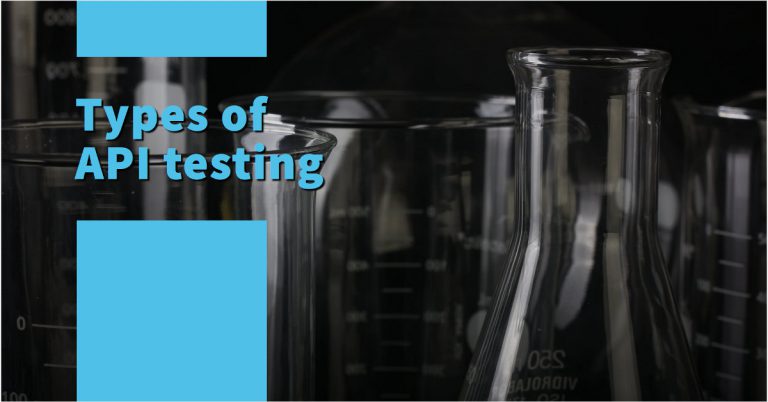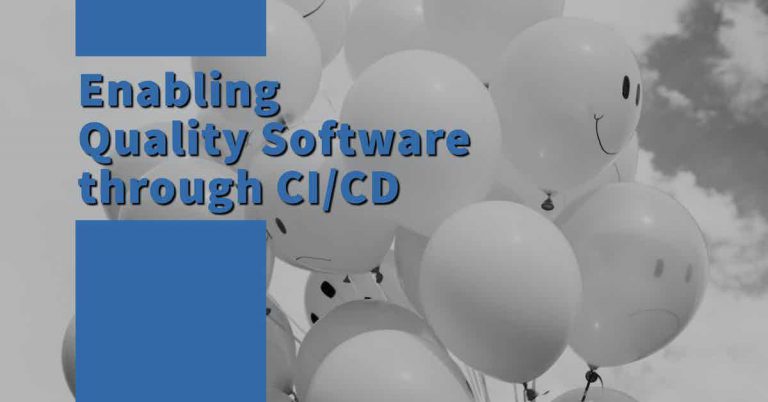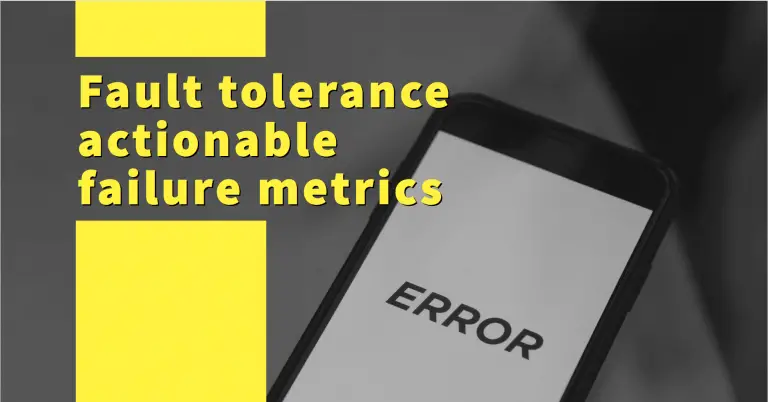Software Quality in Cloud-Based Applications

Strategies such as DevOps, implementing microservices architectures, using containerization and orchestration and prioritizing security by design.
Software Quality

Strategies such as DevOps, implementing microservices architectures, using containerization and orchestration and prioritizing security by design.

Effective API dependency management is a challenging but beneficial journey to transit. Embrace versioning and dependency management from the beginning.

Modularity, cohesion, low coupling, abstraction/information hiding, and good separation of concerns collectively form the bedrock good software design.

There are several types of API testing that should be executed depending the objectives. API is critical for ensuring quality, resilience and performance.

Immutability offers big benefits such as predictability, scalability, and concurrency for small cost. A valuable technique in the Software Engineer toolbox.

The number of GenAI driven tools is increasing rapidly. How is it playing a role in the SDLC and what are the best tools around.

Developer challenges can be opportunities if played well. This article covers strategies to keep up with rapid tech advancements.

The buy vs build decision includes cost, however it is not the only aspect. Reliability, performance, security, customization, and maintenance also play a role.

Unreliable tests make the team lose confidence in the automated pipelines. Understanding causes of flakiness and how to fix them will bring confidence back.

I suggest to focus on software engineering effectiveness rather than productivity. Key dimensions are code quality, automated testing, and collaboration.

The rise of low-code platforms has brought immense benefits to speed up development. However, software quality on low-code solutions should not be overlooked.

The economics of software engineering trade offs between cost of producing, releasing and maintaining software and benefits depending on the outcome.

To measure software quality, consider quantitative metrics and qualitative assessments, based on reliability, performance, security, maintainability, usability.

Effective software testing ensures that the software meets its intended functionality. Different test types are used depending on the case judiciously.

There are certain software engineering techniques that improve software quality and ensure long-term fitness of software systems.

Continuous Integration and Continuous Deployment (CI/CD) have emerged as game-changing practices. Going faster and releasing often is key for quality software.

The capacity to withstand a fault without failure is fault tolerance. Monitoring and measuring failure metrics is key to understand what is going on.

A classic debate in Software Engineering is about whether investing effort into building high quality software is worth it or not.

Scalability is the property of a software system to be able to handle a growing amount of work. This article provides comprehensive Software qualities for scalability.